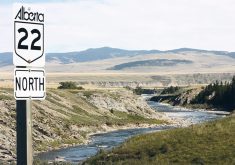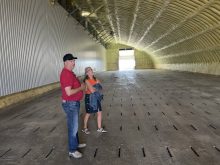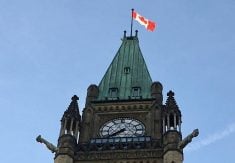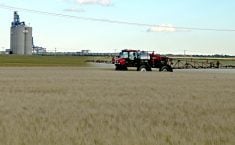The rural-urban divide in Saskatchewan is perhaps more myth than reality, agricultural economist Rose Olfert told a Sept. 10 conference in Regina.
Olfert, who teaches at the University of Saskatchewan, said integration and interdependence more accurately describe the way rural and urban populations co-exist and that differences don’t have to mean a divide.
For example, rural Saskatchewan traditionally supplies labour to urban areas. Olfert said recent research has found that urban growth benefits are available to 73 percent of the rural population within a 100 kilometre radius of a centre.
Read Also

New coal mine proposal met with old concerns
A smaller version of the previously rejected Grassy Mountain coal mine project in Crowsnest Pass is back on the table, and the Livingstone Landowners Group continues to voice concerns about the environmental risks.
Areas that are farther away from these benefits should look at niche markets and eco-tourism.
“Co-operation between rural and urban would benefit both.”
But Olfert also agreed there are issues that need to be addressed.
“As long as we have a population in (more remote) areas they cannot be abandoned. We shouldn’t delude ourselves that we have equal access to services across the province.”
Saskatchewan’s population continues to shift from rural to urban. In 1996, rural residents totalled 436,281 compared to 554,036 in urban centres, with 412,708 of them in Saskatoon and Regina, Olfert said.
By 2001, the rural population had dropped to 421,551 and the urban population had increased to 557,282.
Olfert said of more concern than the population decrease is the reduction in job growth in rural areas.
Part of the reason is that nobody is in charge of economic development in rural municipalities, she said. Single RMs aren’t large enough to attract development.
Asked by an attendee at the Saskatchewan Centennial History Conference if RMs were still an “appropriate institution of governance,” Olfert said RM borders don’t have to be erased but the jurisdictions do have to work together if they want economic development.
“The RMs no longer serve the function they once did” because they’re too small, she said.
They would stand a better chance of economic survival by partnering with urban centres, she added.
Louise Greenberg, deputy minister of rural development, noted two areas where that is already happening. Action Humboldt includes rural areas and small communities around that city. Action Southwest includes the city of Swift Current and the rural region in the province’s southwestern corner.
She also pointed to the Saskatchewan Association of Rural Municipalities’ efforts to establish a one-stop office that would bring regulations together and ease economic development through its Clearing the Path initiative.
David Smith, a political science professor at the U of S, said the province clearly does think of itself as close to its rural roots. He said a proposal by the most recent federal boundaries commission to establish definite urban constituencies, instead of ridings that blend rural areas with portions of Saskatoon and Regina, was panned.
Saskatchewan is the only province without a separate urban interest represented in Ottawa.
“Why does Saskatchewan set itself distinct?” he asked.

















